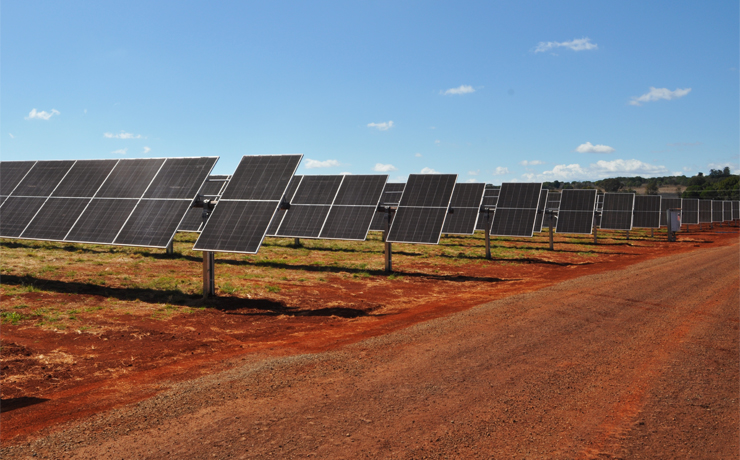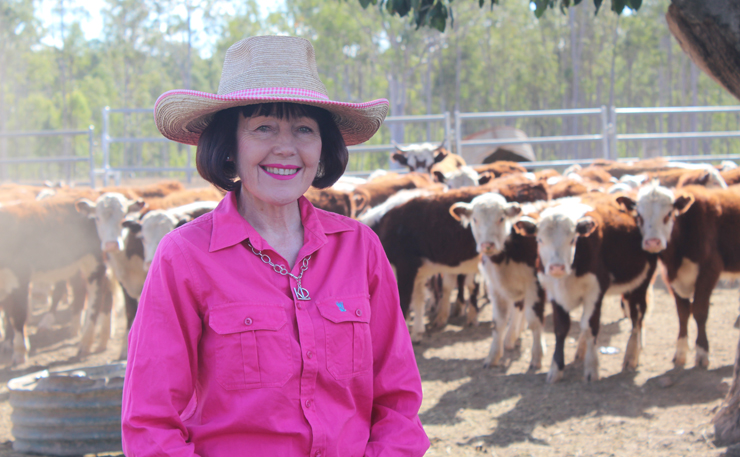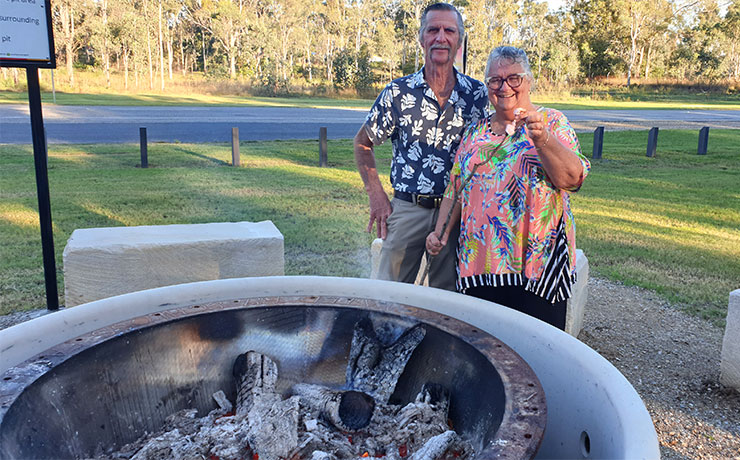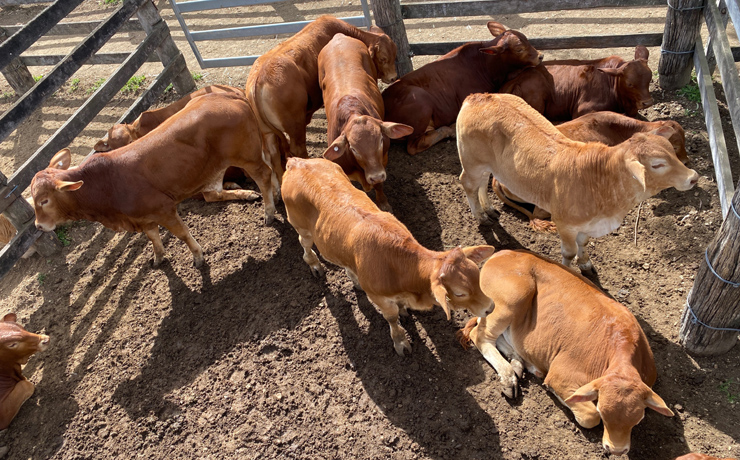
March 6, 2019
Making tough choices will be central to Australian agriculture’s continued success, ABARES Executive Director Dr Steve Hatfield-Dodd told the ABARES Outlook Conference in Canberra this week.
During his opening address, Dr Hatfield-Dodds listed five key areas that were vital to meeting the National Farmer Federation’s goal of lifting the value of Australian agricultural production to $100 billion by 2030.
“We must recognise that achieving the best outcomes for agriculture, our rural communities, and the national economy will require some tough choices,” he said.
“(These) include ensuring agriculture is attractive to workers and investors; harnessing innovation to boost performance; promoting on-farm resilience and risk management; persisting with water reforms and respecting and responding to evolving consumer expectations.
“We should be mindful of the substantial, and sometimes painful, reforms that underpinned the growth achieved in recent decades, and that favourable global prices account for 90 per cent of past trend growth.
“Each of the five areas bring both opportunities and threats, but support the theme of enhancing the well-being of producers, consumers, regions, and the nation to increase prosperity.
“The sector is well aware of the need to attract workers, but actions are always going to speak louder than words in ensuring a positive experience for farm workers.
“We need to continue to harness innovation.
“Priorities include reducing fragmentation and improving collaboration on ‘whole-of-sector’ challenges, greater clarity and consistency around contributions and benefit sharing, and achieving faster adoption and commercialisation of successful research.
“Our farms must remain resilient and manage risk effectively. Australian farmers manage very significant variability, including variable climate and volatile commodity prices.
“We must persist with water reforms.
“The view that healthy industries require healthy catchments has not always been visible in recent debate and finger pointing, which is often framed in terms of trade-offs between ‘industry’ or ‘development’ versus the ‘environment’.
“It is evident that achieving the NFF aspirations for agriculture requires sustainable management of Australia scarce water resources.
“Respecting and responding to evolving consumer expectations may well be both the greatest opportunity, and threat, facing Australian agriculture.
“Producers are particularly exposed where real or perceived poor behaviour by a few players can tarnish the reputation or market access of an entire sector. Assessing these risks and opportunities requires industry to understand how consumers think and feel, even when this is confronting.
“Australian agriculture has many advantages, and a track record of good performance, underpinned by tough choices.
“But to thrive and grow—to meet $100 billion—some difficult decisions will need to be made.”

























